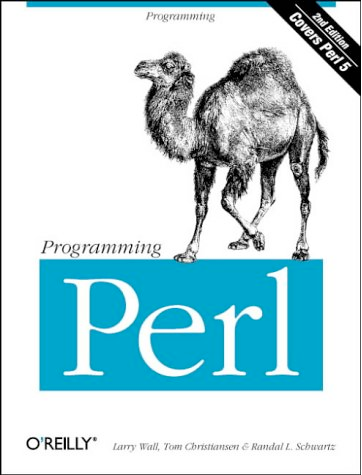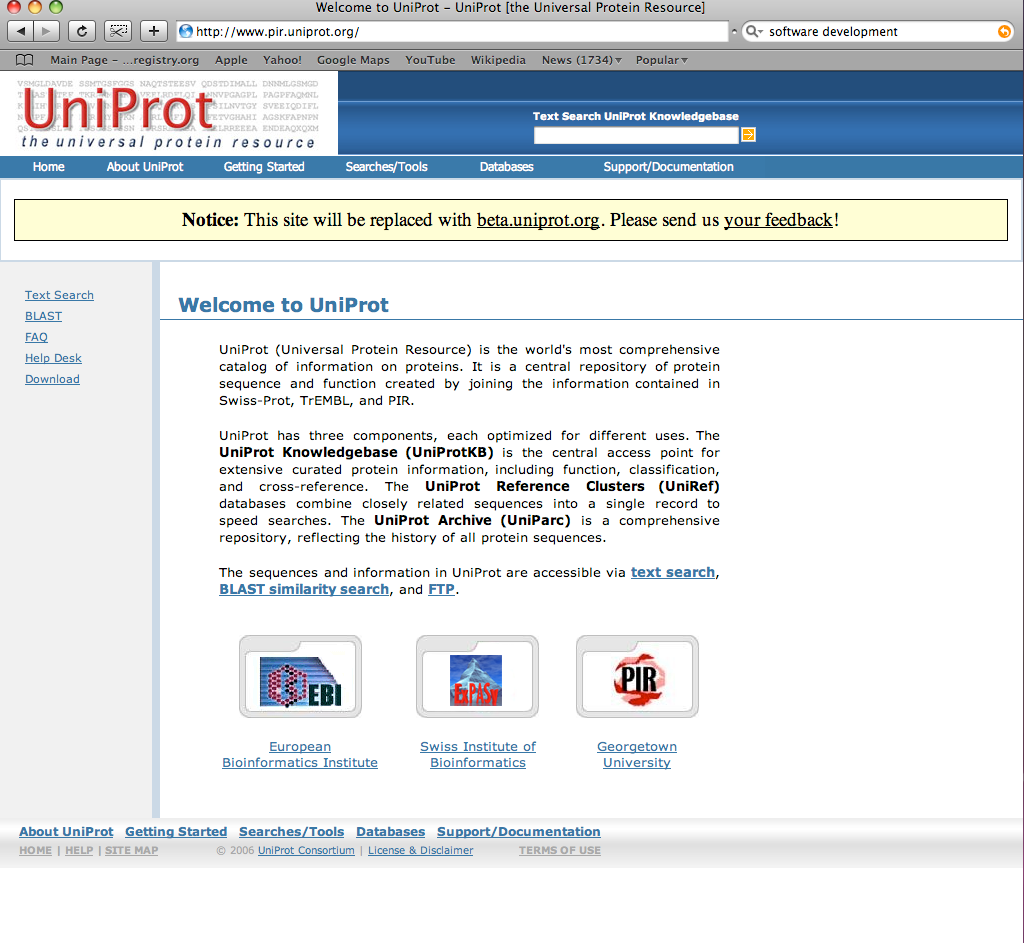Data Retrieval and Storage
From 2008.igem.org
(Difference between revisions)
(→UniProt) |
|||
| Line 29: | Line 29: | ||
== UniProt == | == UniProt == | ||
| - | [[ | + | [[Image:UniProt.PNG|thumb|180px|left]] |
<div align=justify> | <div align=justify> | ||
Revision as of 04:37, 28 October 2008

|
| Home | The Team | The Project | Modeling | Notebook |
|---|
| Data Retrieval | Modeling | Evolutionary Algorithm | Graphical User Interface |
|---|
Contents |
Perl
The first major thing the software team worked on was finding a way to expand the database for EvoGEM. As of that moment, EvoGEM only had a small database of BioBrick parts, and all of those parts were added manually. Since the iGEM registry consisted of hundreds of parts, manually adding parts would not be practical. In addition, these parts were needed so that more sophisticated tests could made with EvoGEM. Also, we wanted to have some way of comparing the parts that were retrieved. If they were enzymes, what reactions were they catalyzing? If they were molecules, what were the molecular structures or other synonyms for these compounds? The answers to these questions would allow EvoGEM to learn and distinguish different molecules and compounds better. How do we accomplish this, though? By creating a Perl script!
Perl is a programming language that is powerful in text processing facilities. Since it uses string matching so well, it is an ideal language for searching text and manipulating text files, which is exactly what is needed for retrieving and expanding the local database for EvoGEM.
UniProt
UniProt is a large database of proteins and enzymes. This database can be used and queried by using something known as the Blast algorithm, which is a very powerful tool. When inputting the DNA or amino acid sequence, UniProt will give results that are closest to the initial search. Besides giving the name of the protein searched, UniProt will give the further products and reactants involved in this protein. All this information can be used for further use for EvoGEM and is stored in a local database.
ChemSpider
The Algorithm
| Data Retrieval | Modeling | Evolutionary Algorithm | Graphical User Interface |
|---|
| Home | The Team | The Project | Modeling | Notebook |
|---|
 "
"

